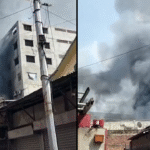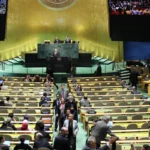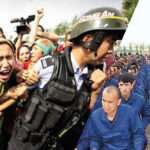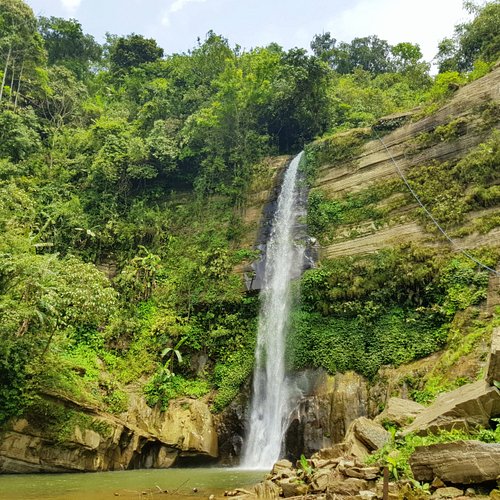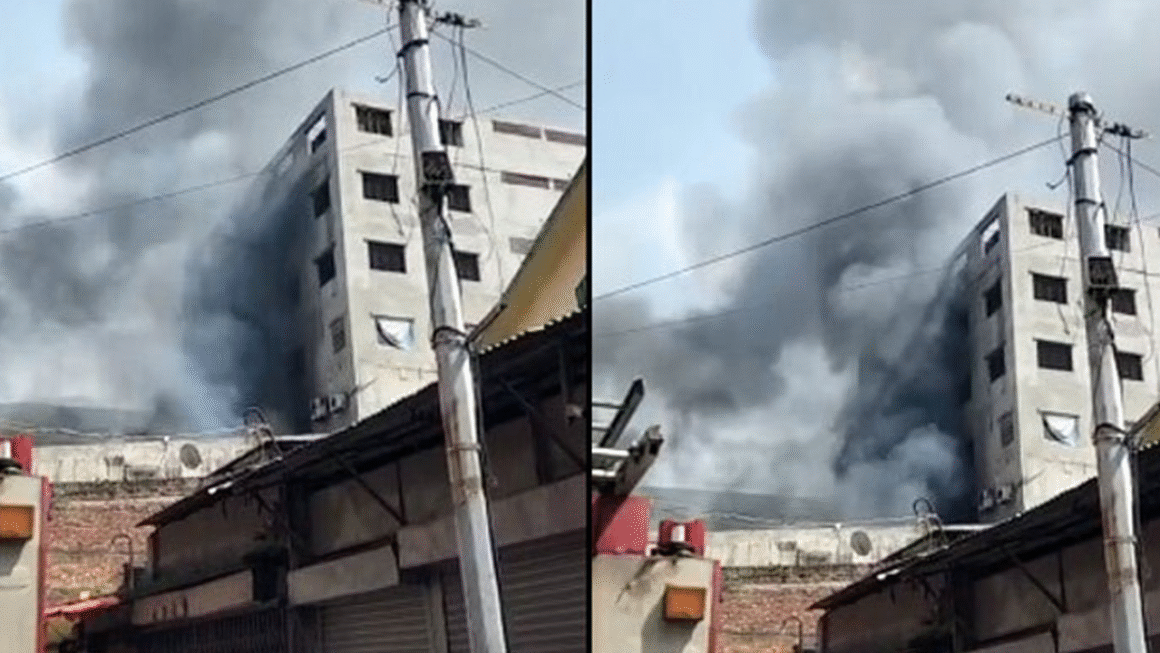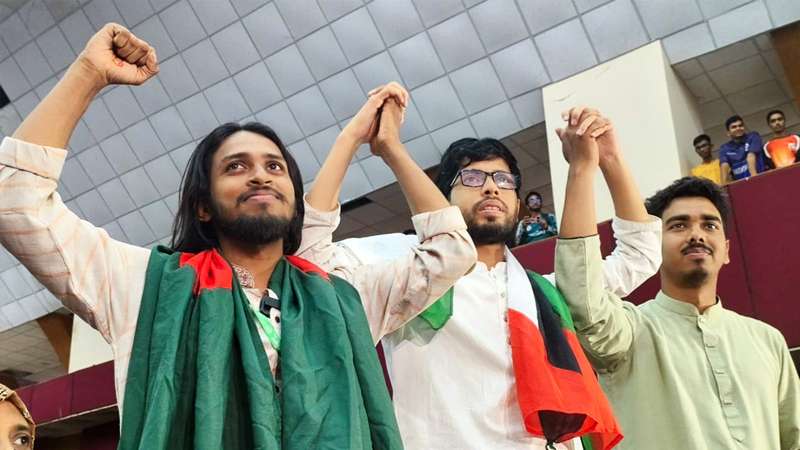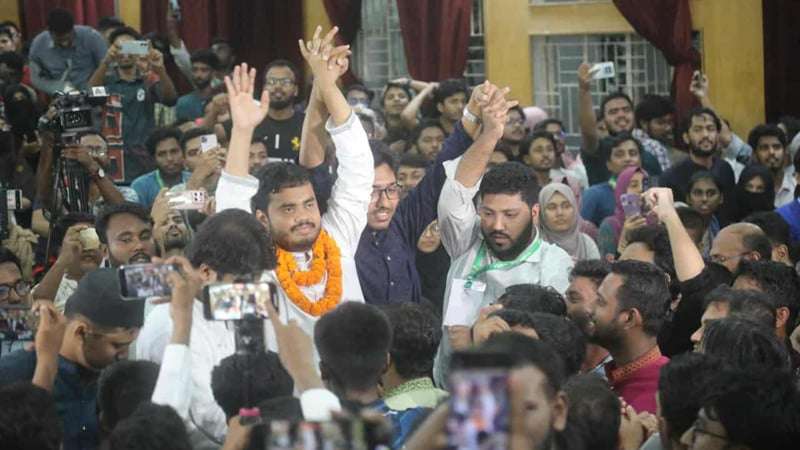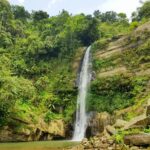 Introduction to Moulvibazar District-
Introduction to Moulvibazar District-
Moulvibazar District, nestled in the picturesque Sylhet Division of northeastern Bangladesh, is a captivating destination rich in natural beauty, tea estates, waterfalls, and diverse cultures. Known as the “Tea Capital of Bangladesh,” this district draws travelers with its lush green hills, tribal villages, and eco-tourism treasures. Whether you’re an adventure lover or a culture explorer, Moulvibazar District offers something for everyone.
This guide covers everything you need to know about Moulvibazar — from its history and geography to must-visit tourist attractions, culture, cuisine, and travel FAQs.
A Brief History of Moulvibazar-
Moulvibazar was once a part of the ancient kingdom of Srihatta. It became a sub-division in 1882 and was upgraded to a district in 1984. The name “Moulvibazar” originates from a bazaar (market) established by a religious scholar or “Moulvi.” Historically, the region was a hub for British tea planters and remains a crucial part of Bangladesh’s tea industry today.
Geography and Climate of Moulvibazar-
The Moulvibazar District spans an area of approximately 2,799 square kilometers. It is bordered by Sylhet, Habiganj, Sunamganj, and the Indian states of Tripura and Assam. The terrain is hilly and fertile, with rolling green hills, valleys, streams, and wetlands.
The climate is subtropical with heavy monsoon rains from June to September and a pleasant winter season from November to February — the best time to visit.
Administrative Subdivisions-
Moulvibazar District comprises 7 Upazilas:
- Moulvibazar Sadar
- Sreemangal
- Kamalganj
- Kulaura
- Juri
- Barlekha
- Rajnagar
Each of these upazilas is unique in terms of natural beauty and cultural heritage.
Top Tourist Attractions in Moulvibazar District-
Lawachara National Park
Located near Sreemangal, Lawachara is a tropical rainforest and one of Bangladesh’s most important protected forests. It is home to the endangered hoolock gibbon, various birds, butterflies, and plant species. Trekking trails and guided tours are available for nature enthusiasts and wildlife lovers.
Madhabkunda Waterfall
As the largest waterfall in Bangladesh, Madhabkunda is a spectacular sight, surrounded by rocky hills and tea gardens. Located in Barlekha Upazila, it is ideal for trekking, picnicking, and nature photography.
Tea Gardens of Sreemangal
Moulvibazar’s Sreemangal area is famous for its rolling tea gardens. Known as the “tea capital,” this area alone produces a large portion of Bangladesh’s tea. Walk through the estates, sip the iconic 7-layer tea, and experience the life of tea workers.
Baikka Beel Wetlands
This freshwater swamp is a haven for birdwatchers. Located near Hail Haor, Baikka Beel attracts thousands of migratory and native birds during winter. Boating and nature photography are popular activities here.
Hakaluki Haor
One of the largest haors (wetlands) in Asia, Hakaluki Haor spans parts of Moulvibazar and Sylhet. It’s a crucial habitat for biodiversity, supporting migratory birds, fish, and rare plant species.
Tribal Villages and Indigenous Culture
Moulvibazar is home to several indigenous communities, including the Khasi, Manipuri, Tripuri, and Garo tribes. Villages like Nahar Punji and Kalenga offer a glimpse into their lifestyle, crafts, language, and traditions. Many visitors enjoy cultural homestays and handicraft shopping in these areas.
Culture and Lifestyle in Moulvibazar District-
The cultural fabric of Moulvibazar is woven from Bengali and tribal influences. Religious harmony is prevalent, with Hindu, Muslim, Christian, and tribal communities coexisting peacefully. Folk music, Manipuri dance, and local festivals are integral to the district’s identity.
Manipuri Ras Lila, a dance performance based on the life of Lord Krishna, is a notable cultural expression of the Manipuri community. Khasi people are known for their matriarchal family system and unique bamboo-built homes in the hills.
Local Cuisine and Delicacies-
Food in Moulvibazar is diverse and delicious. Traditional Sylheti cuisine includes:
- Shutki (fermented fish dishes)
- Panta Ilish (fermented rice with hilsa fish)
- Bamboo shoot curry (popular among tribal communities)
- 7-layer tea of Sreemangal — a unique beverage with different flavored tea layers in a single glass
Don’t forget to try local sweets, seasonal fruits, and fresh fish-based curries served with rice.
Accommodation in Moulvibazar District-
From eco-resorts to luxury hotels, Moulvibazar has a wide range of accommodation options:
- Grand Sultan Tea Resort & Golf
- DuSai Resort & Spa
- Tea Heaven Resort
- Balishira Eco Resort
Budget-friendly guesthouses and homestays are also available in Sreemangal and Kamalganj areas.
Transportation and How to Get There-
Moulvibazar is accessible by road, rail, and air:
- By Road: Regular buses from Dhaka, Sylhet, and Chattogram
- By Train: Intercity trains like Parabat Express and Upaban Express connect Sreemangal and Moulvibazar to Dhaka and Sylhet
- By Air: The nearest airport is Osmani International Airport in Sylhet (around 2 hours away by car)
Within the district, auto-rickshaws, CNGs, and local buses make commuting easy.
Education and Healthcare Facilities-
Moulvibazar has a growing number of educational institutions and hospitals. Notable institutions include:
- Moulvibazar Government College
- Sreemangal Government College
- Kamalganj Degree College
Healthcare is provided by Moulvibazar District Hospital, Sreemangal Upazila Health Complex, and private clinics. However, rural areas still need improved medical access.
Conclusion-
Moulvibazar District is a gem of Sylhet Division — where nature, culture, and heritage harmoniously blend. From the rustling green tea gardens to the soulful tribal rhythms, from the cascading waterfalls to misty hilltop villages, this region offers an unforgettable experience for every traveler.
Whether you’re sipping 7-layer tea in a roadside stall, hiking through Lawachara Forest, or watching sunset over a quiet haor, Moulvibazar will leave a mark on your heart. Add it to your Bangladesh itinerary — and discover a world beyond the usual.
Moulvibazar District FAQs-
What is Moulvibazar District famous for?
It is famous for its tea gardens, rainforests, waterfalls, tribal villages, and the 7-layer tea in Sreemangal.
When is the best time to visit Moulvibazar?
From November to February, during the cool dry season, when the weather is perfect for travel.
Is Moulvibazar safe for tourists?
Yes, Moulvibazar is generally safe for travelers, including solo tourists and families.
How many tea gardens are there in Moulvibazar?
There are over 90 tea estates in the district, mainly around Sreemangal and Kamalganj.
Can I visit tribal villages in Moulvibazar?
Yes, with local guidance, you can respectfully visit Khasi and Manipuri villages and even stay overnight in some eco-tourism lodges.

